
Warning Signs of Poor Blood Circulation That Are Easy to Ignore
Poor blood circulation is a health issue that often goes unnoticed until it leads to more serious complications. The circulatory system is responsible for delivering oxygen and nutrients to all parts of the body. When blood flow is restricted or slowed down, it can affect the health of the organs, muscles, and tissues. Unfortunately, many early symptoms of poor circulation are subtle and easy to ignore, which is why it's important to recognize them before they escalate into serious health conditions.
One of the most common signs of poor blood circulation is cold hands and feet. If your extremities feel unusually cold even in warm environments, it may be due to restricted blood flow. Blood helps regulate body temperature, and when it doesn't reach the hands or feet efficiently, they can feel cold or numb. This may also be accompanied by tingling or a "pins and needles" sensation, which indicates that nerves are not getting enough oxygen.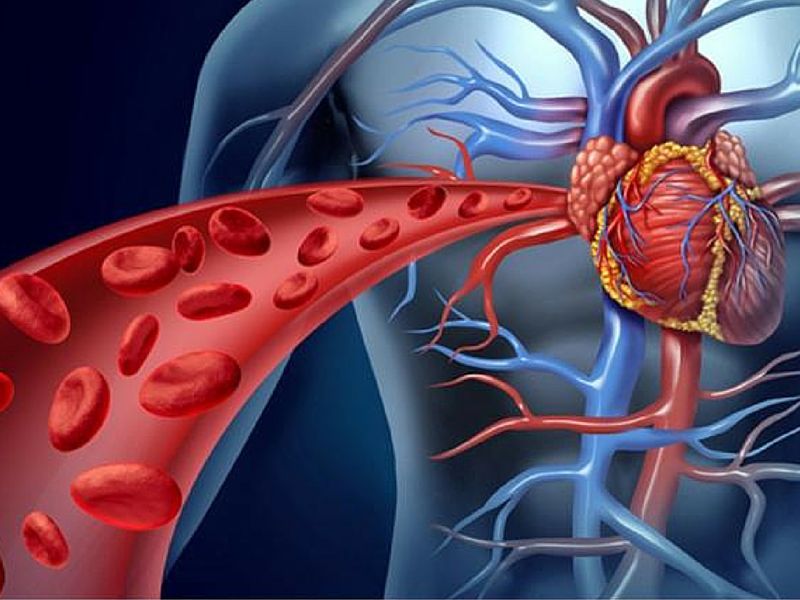
Another symptom that people often overlook is swelling in the lower extremities, especially the ankles and feet. This condition, known as edema, can occur when blood doesn't return efficiently from the legs back to the heart. Over time, fluid begins to pool in the tissues, causing visible puffiness and discomfort. While swelling can result from many different causes, persistent or unexplained swelling should not be ignored.
Fatigue is another common but easily dismissed symptom of poor circulation. When the body doesn't receive adequate oxygen and nutrients through the blood, it can leave you feeling tired and sluggish, even after adequate rest. Muscles may also feel weak or ache easily during physical activity. Poor circulation forces your heart to work harder, which can drain your energy levels.
Skin discoloration is another warning sign. Areas of the body that are not receiving enough blood may appear pale, bluish, or purple. For example, toes may turn blue or nails may look pale and unhealthy. In some cases, people may even develop ulcers or sores on their legs or feet that are slow to heal. This is especially dangerous for individuals with diabetes, as it can lead to serious infections or even amputation if left untreated.
Additionally, numbness or cramping in the legs, particularly during walking or physical activity, may be a sign of peripheral artery disease (PAD), a common cause of poor circulation. This occurs when arteries become narrowed or blocked, reducing the flow of blood to the limbs. Many people dismiss these symptoms as simple muscle fatigue or aging, but they can indicate a much more serious problem.
Cognitive issues, such as difficulty concentrating or memory lapses, can also result from poor circulation to the brain. When the brain doesn't receive enough oxygenated blood, it can impact mental clarity, alertness, and overall brain function. This symptom is often misattributed to stress or aging, which delays proper diagnosis and treatment.
It's important to note that poor blood circulation is often a symptom of underlying conditions such as high blood pressure, diabetes, or heart disease. Therefore, identifying early signs and addressing them through lifestyle changes, medication, or medical intervention is crucial. Regular physical activity, a balanced diet, staying hydrated, and avoiding smoking can help improve circulation and overall cardiovascular health.
In conclusion, poor blood circulation can silently harm the body if left untreated. Symptoms like cold extremities, swelling, fatigue, discoloration, numbness, and cognitive issues may seem minor but should not be ignored. Recognizing these warning signs early can lead to timely medical care and prevent more serious health complications in the future.
News in the same category

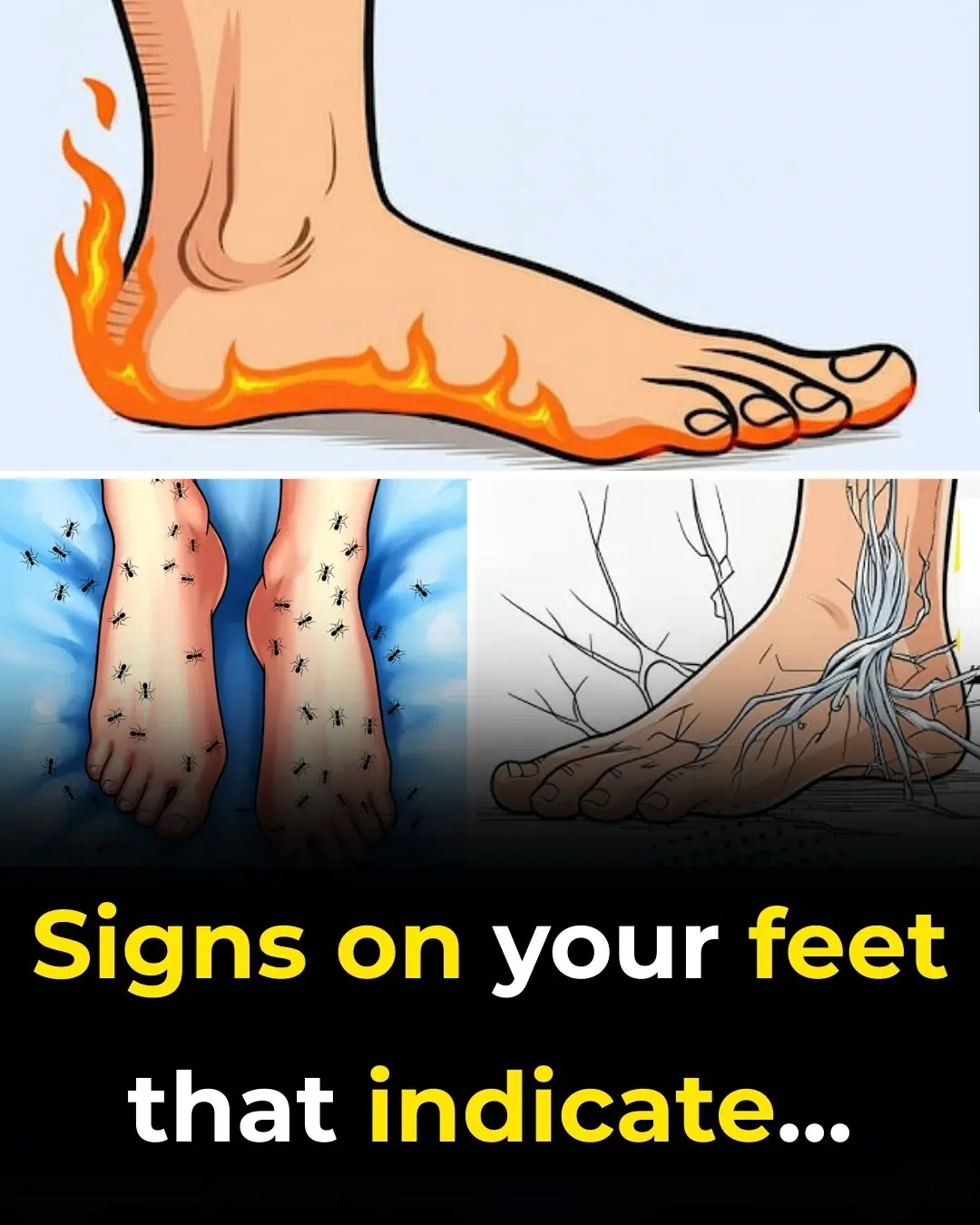
What Your Feet Are Telling You
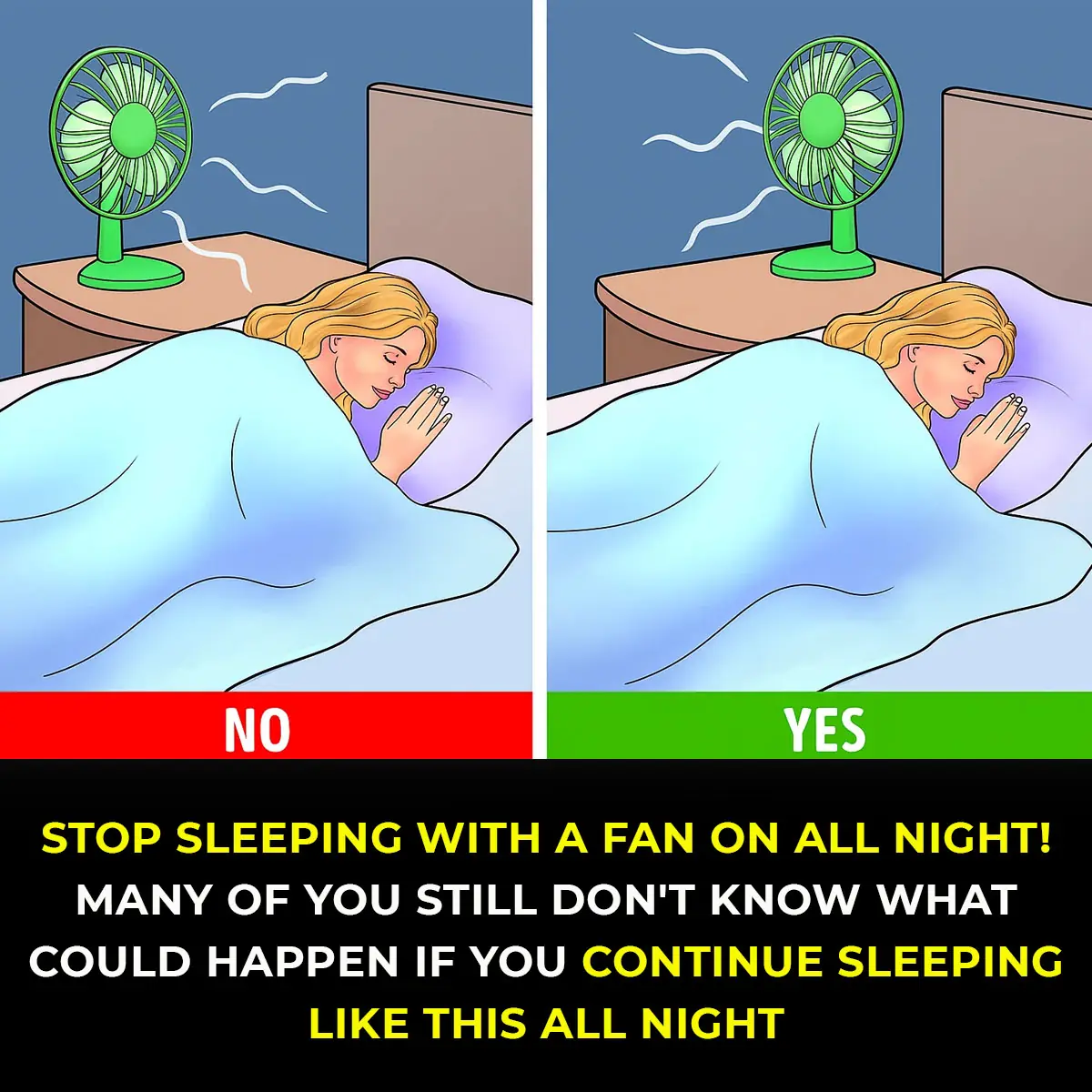
6 Health Benefits of Sleeping In a Cold Room and How to Make it Cooler- And Why You May Not Want to Use a Fan
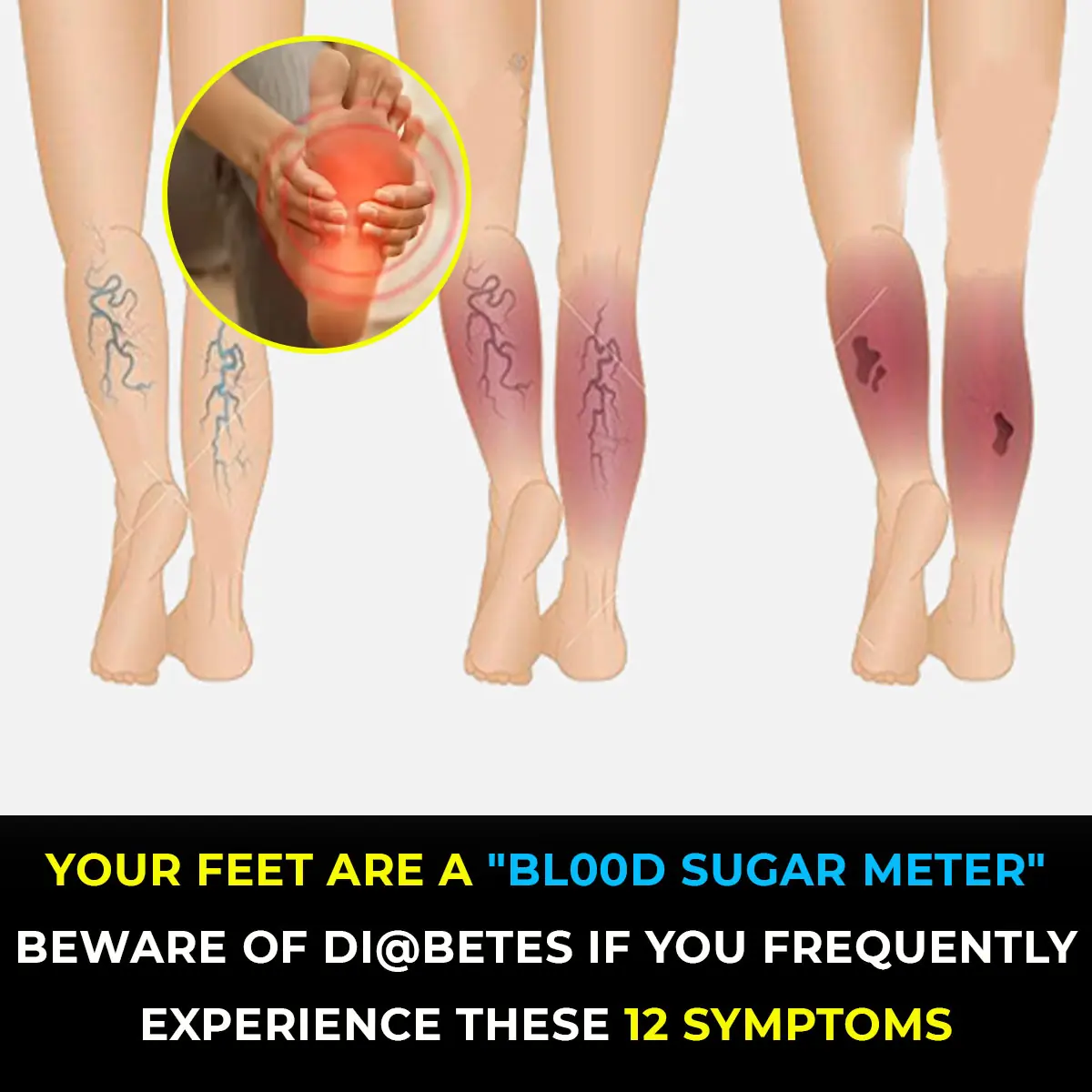
10 Symptoms of Diabetes That May Show Up In Your Feet

This is what sleeping on the left side does for our brain, stomach & glymphatic health

12 Best Foods To Support Digestive and Gut Health
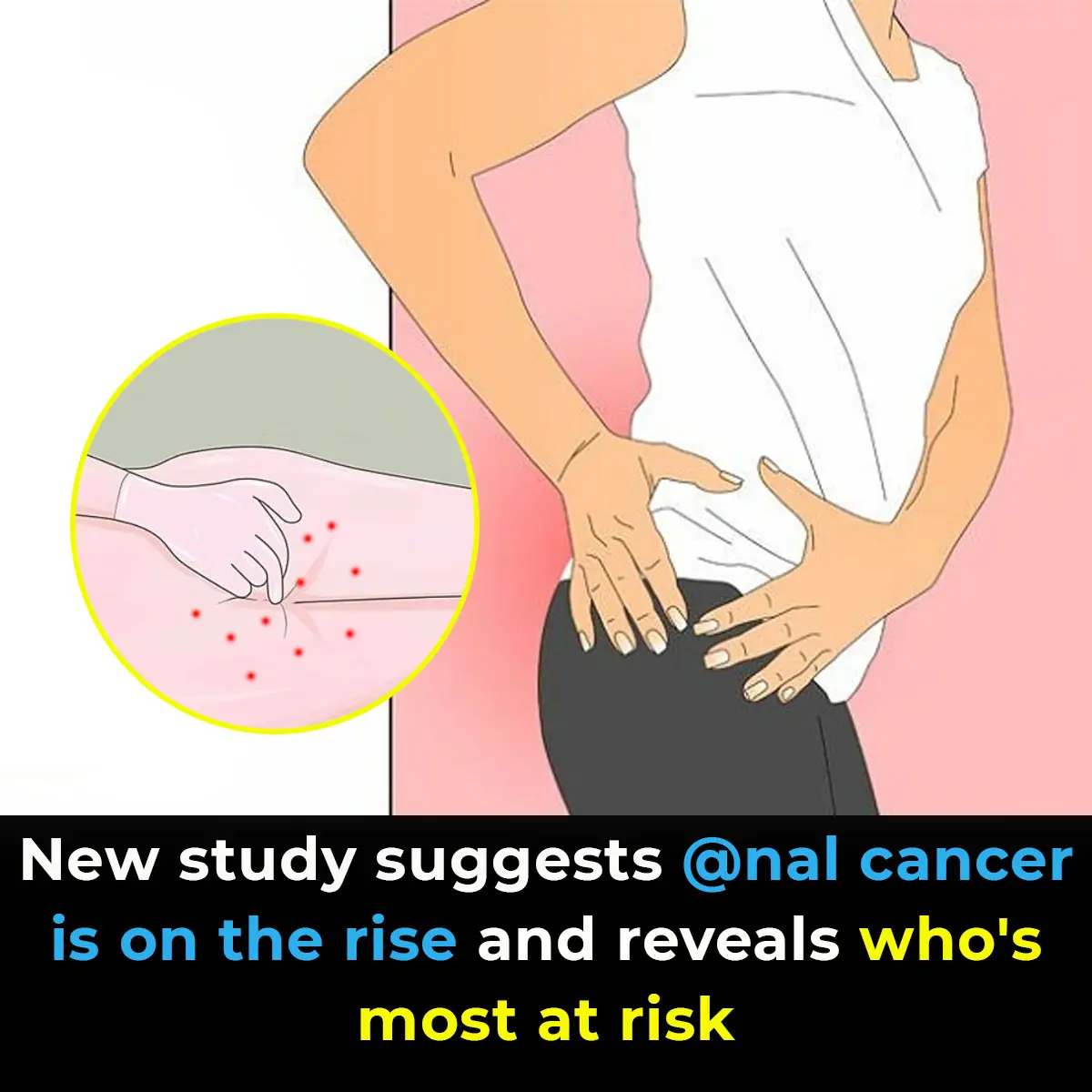
Study suggests anal cancer is on the rise and reveals who’s most at risk

Wife Complains of a Headache, Sleeps, and Dies Without Husband Knowing: This Type of Headache Requires Immediate Hospitalization!

Shocking Effects of Sleeping Less Than 7 Hours — What Really Happens to Your Body
Getting less than seven hours of sleep might feel harmless, but science shows it can quietly damage your body in ways you don’t expect. From hormonal imbalances to skin problems and even digestive issues, sleep deprivation affects far more than just you

Doctors Explain Why You Should Never Hold Back a Fart
On average, every person passes gas 14 to 23 times per day—it’s a natural part of being human and actually shows that your digestive system is functioning properly.

Scientists Invent Smart Tooth That Grows Into Your Gums And Connects To Nerves Like the Real Thing

Scientists Say This New Stem Cell Treatment Could End Type 1 Diabetes for Good
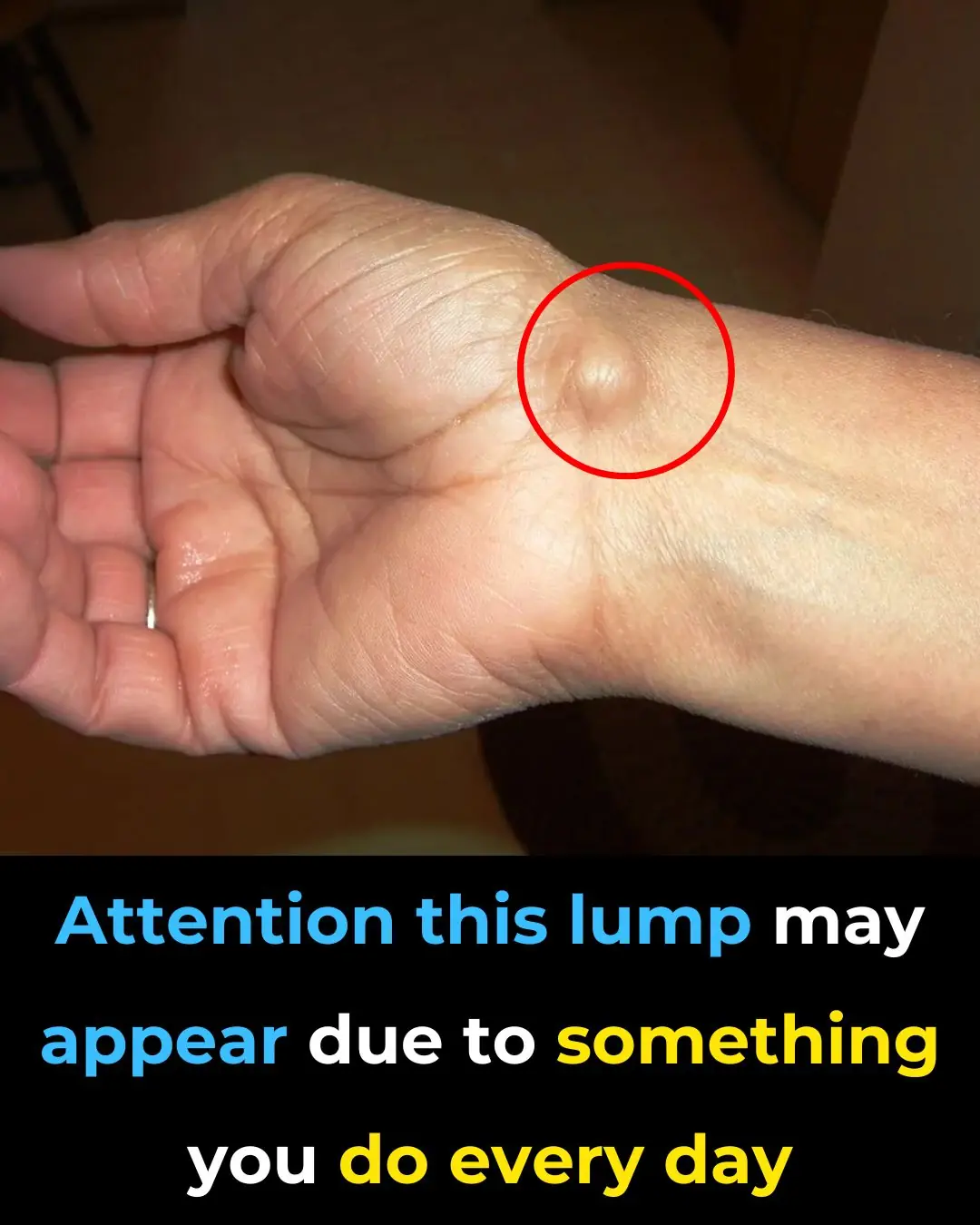
Everyday Habits That Can Cause a This Issue To Your Hands

My Nana’s Homemade Cure for Stubborn Throat Mucus That Works Every Time

Doctors Are Shocked by What Happens When You Eat Chia Seeds First Thing in the Morning

Notice Incredible Results For Your Digestive Problems

Medical Myths Debunked: Chocolate Isn’t Heart-Healthy

Raising the Bar on Breast Cancer Screening and Management
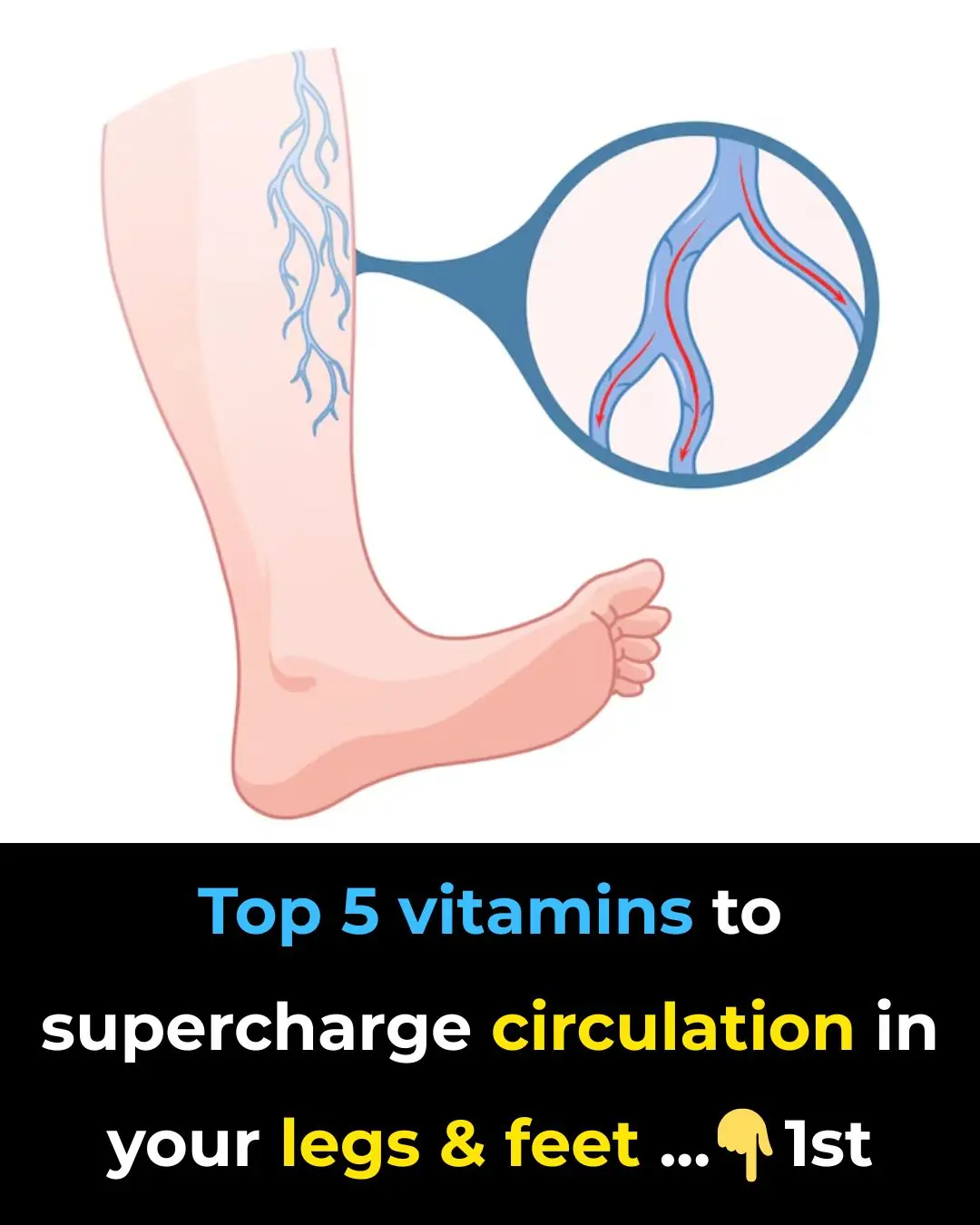
Top 5 vitamins to supercharge circulation in your legs & feet
News Post

If Your Feet Swell It Is a Clear Sign

What Your Feet Are Telling You

6 Health Benefits of Sleeping In a Cold Room and How to Make it Cooler- And Why You May Not Want to Use a Fan

The Hidden Meaning Behind Leg-crossing — It’s More Than Just Comfort

10 Symptoms of Diabetes That May Show Up In Your Feet

How To Properly Dispose of Ticks

This is what sleeping on the left side does for our brain, stomach & glymphatic health

12 Best Foods To Support Digestive and Gut Health

Study suggests anal cancer is on the rise and reveals who’s most at risk

Wife Complains of a Headache, Sleeps, and Dies Without Husband Knowing: This Type of Headache Requires Immediate Hospitalization!

Why Do You Keep Waking Up Between 3 and 5 A.M.? Causes, Explanations, and What It Means for Your Health

Deadly Secrets of Ticks: How to Remove and Dispose of Them Safely Before They Harm You
Ticks may be small, but their impact on human and pet health can be enormous.

Frankenstein Rabbits With Tentacle-Like Horns Spark Invasion As Rare Virus Causes Monstrous Mutations
Although they may look frightening or pitiful, they remain a natural example of how viruses can drastically alter an animal’s appearance.

Only the Sharpest Eyes Can Find All 6 Hidden Words in This Living Room Challenge
If you love solving puzzles and challenges, this viral hidden words image is just for you!

Shocking Effects of Sleeping Less Than 7 Hours — What Really Happens to Your Body
Getting less than seven hours of sleep might feel harmless, but science shows it can quietly damage your body in ways you don’t expect. From hormonal imbalances to skin problems and even digestive issues, sleep deprivation affects far more than just you

The Hidden Purpose of That Tiny Hole in a Safety Pin Will Surprise You
That tiny hole in a safety pin isn’t just decoration - it’s proof that even the simplest everyday tools can hide smart design secrets.

Doctors Explain Why You Should Never Hold Back a Fart
On average, every person passes gas 14 to 23 times per day—it’s a natural part of being human and actually shows that your digestive system is functioning properly.

This Appears to Be a Void in Space. In Truth, It’s Full of Stars in the Making

Potentially hostile’ alien threat could attack Earth in a few months, scientists claim
